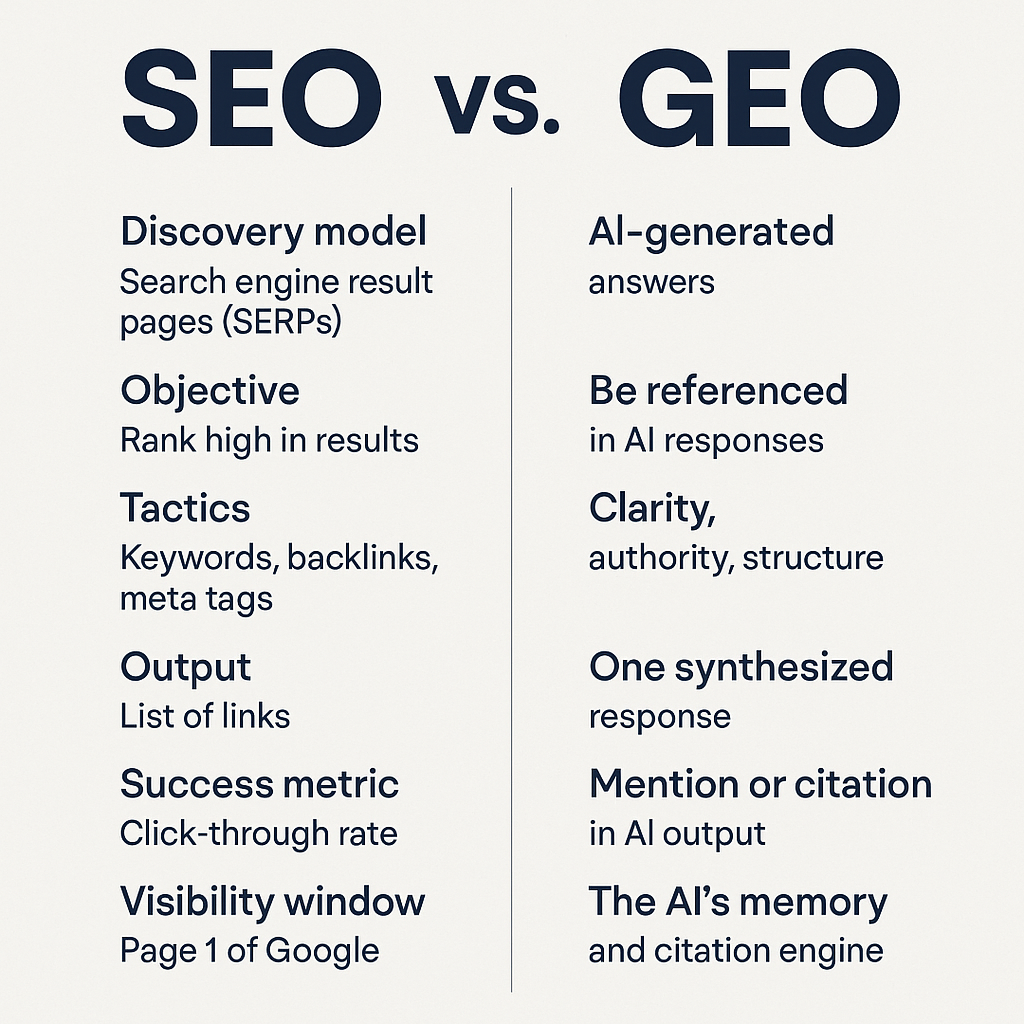The Secret Sauce to Engaging Digital Content in 2025 (That Most Brands Miss)
In 2025, digital content is the foundation of how brands connect with their audiences. With algorithms evolving, AI-powered personalization shaping user experiences, and attention spans shorter than ever, creating engaging content is both a challenge and an opportunity.
In this blog, we’ll reveal the “secret sauce” for standing out in today’s crowded digital landscape. Beyond strategies and SEO checklists, we’ll uncover the new ingredients of content that captures attention, inspires action, and keeps your brand unforgettable.
Why Digital Content Still Reigns in 2025
Content remains the cornerstone of digital marketing success. It builds trust, establishes thought leadership, and drives meaningful engagement across platforms. But today’s consumers expect more: content that is not only valuable and authentic but also personalized, interactive, and optimized for every device and channel.
A strong content strategy supports:
- SEO visibility: AI-driven search engines reward brands that publish relevant, authoritative content.
- Social engagement: Shareable, visually compelling content fuels brand awareness.
- Customer trust: Transparency and authenticity drive loyalty in a competitive marketplace.
The Secret Sauce for Engagement in 2025
So what actually makes content engaging this year? Here are the hidden ingredients top-performing brands are using:
1. Values-First Storytelling
Audiences crave connection more than ever. Brands that anchor content in their values and purpose stand out. Instead of pushing products, tell stories that align with what your customers care about – sustainability, innovation, inclusivity, or community.
2. Human + AI Synergy
AI-generated content has exploded, but without a human touch, it feels flat (“AI slop”). The winning formula is AI for scale, humans for soul:
- Use AI to uncover trends, generate visuals, or draft ideas.
- Layer in human perspective, storytelling, and authenticity to make it resonate.
3. Interactive, Immersive Formats
Static blogs alone no longer cut it. Bring your audience into the experience with:
- Short-form video (TikTok, Reels, Shorts)
- Interactive quizzes, polls, and calculators
- AR filters, VR product demos, and 3D experiences
4. User-Generated Content (UGC)
Content isn’t just about broadcasting—it’s about co-creating. Encourage your audience to share their stories, reviews, or reactions. This not only boosts authenticity but builds a loyal community around your brand.
5. Platform Focus > Platform Everywhere
Don’t spread yourself too thin. In 2025, it’s better to own one platform than dilute your presence across five. Whether it’s LinkedIn thought leadership, TikTok storytelling, or YouTube education, focus on dominating where your audience actually spends time.
6. Emotional Resonance
Content that sparks joy, surprise, or excitement gets shared. Think about the emotional hook – not just the informational one.
Strategies for Crafting Captivating Content
Once you’ve built the secret sauce, layer it into your strategy:
1. Know (and Anticipate) Your Audience
The digital consumer of 2025 expects brands to “get” them.
- Leverage AI & Analytics: Tools like GA4 and AI-driven CRMs identify behavior patterns and emerging interests.
- Segment & Personalize: Create pathways for different customer journeys.
- Listen in Real-Time: Social listening tools let you spot trends instantly.
2. Quality > Quantity
The “content flood” is at an all-time high.
- Provide Depth: Answer complex questions with expert insights.
- Solve Problems: Tutorials and case studies build authority.
- Mix Formats: Blogs, podcasts, short-form videos, and interactive infographics all work together.
3. Embrace Emerging Formats
- Short-Form Video: Bite-sized, authentic, entertaining clips.
- Interactive Content: Polls, quizzes, and calculators boost engagement.
- AI-Enhanced Content: Use AI for ideation and optimization—but keep human storytelling central.
- Immersive Media: AR/VR and 3D visuals for product storytelling.
4. Optimize Relentlessly
- Semantic SEO and SEvO: Write for intent, not just keywords.
- Generative Engine Optimization (GEO): Create authoritative, structured, fact-based content AI can surface in search results.
- Scannability: Clear headings, concise sections, and mobile-first formatting.
- Performance: Fast-loading, accessible, and optimized for all devices.
5. Drive Action With Strong CTAs
A content strategy without CTAs leaves opportunities on the table.
- Be Clear & Compelling: Inspire downloads, subscriptions, or sign-ups.
- Strategic Placement: Add CTAs naturally throughout the content.
- Test & Refine: A/B test CTA language and design.
Partner With Onimod Global
Engaging digital content in 2025 requires more than creativity; it requires strategy, technology, and expertise. At Onimod Global, we specialize in helping brands craft content strategies that build authority, drive traffic, and generate measurable results.
From audience insights and personalized content creation to SEO optimization and performance tracking, we partner with you to ensure your content resonates, converts, and keeps your brand ahead of the curve.
👉 Ready to elevate your digital content strategy in 2025? Contact Onimod Global today and let’s create content that inspires, engages, and drives results. Visit onimodglobal.com.
Final Takeaway: The secret sauce of 2025 content isn’t about pumping out more; it’s about infusing values, humanizing AI, sparking interaction, and building emotional connection. Brands that master this recipe will thrive in the AI-driven era of digital marketing.







